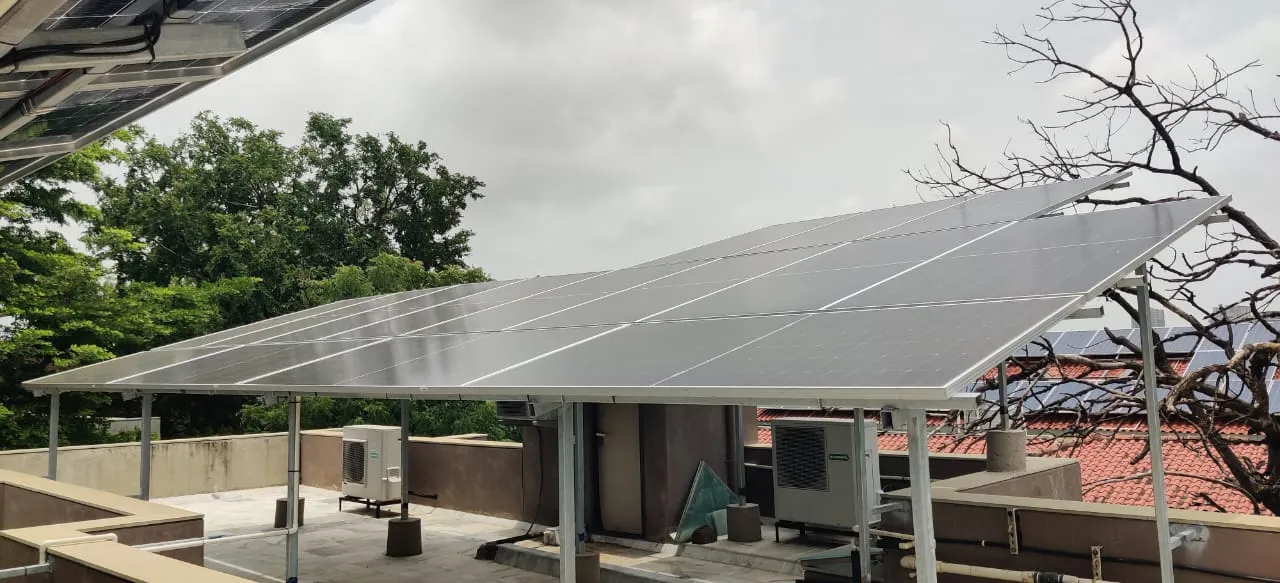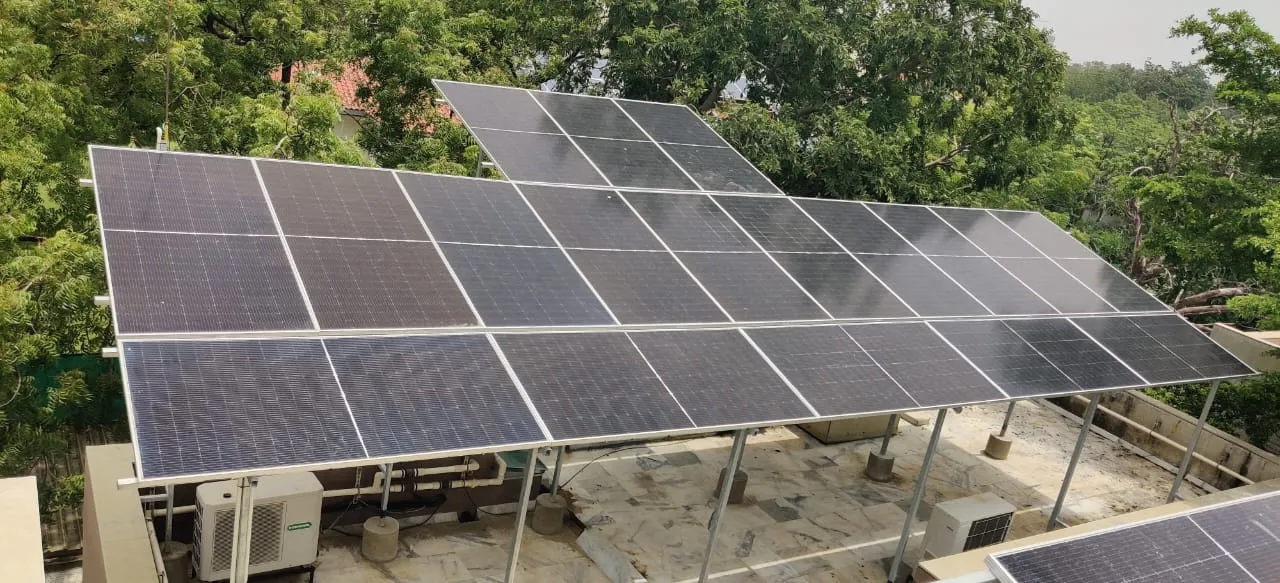Research and Planning:
- First of all, get to know about solar panel technology, energy production, and its safety considerations.
- Then have to determine the energy consumption of home to understand how many panels you required.
Permits and Regulation:
- Check local DISCOM regulations and obtain any necessary permits before starting the installation.
- Some areas may have building codes, zoning laws, or Society guidelines that beneficiary need to adhere to.
Equipment and Supplies:
- Required to purchase high-quality solar panels, mounting hardware, inverters, wiring, and other necessary components.
- Make sure to use proper tools for the installation, such as drills, wrenches, and safety equipment including safety shoes and glasses.
Location and Orientation:
- Required to find the location for solar panels for premises. Ideally, this should be a spot with maximum sunlight exposure throughout the day.
- The panels should typically be installed facing south (in the Northern Hemisphere) to capture the most sunlight.
Roof Inspection and Preparation:
- Inspect roof's condition to ensure it can support the weight of the solar rooftop system.
- Repair any damage or make necessary reinforcements to the roof before installing the panels, if required any.
Mounting the Panels:
- Properly install the mounting hardware according to the 's instructions and manuals.
- Install the solar rooftop system to the and proper aligned position.

Electrical Wiring:
- Connect all the panels in series or parallel to create the desired voltage and current configuration for better generation.
- Install the wiring from the panels to the inverter and from the inverter to home's electrical panel.
Inverter Installation:
- Fix the inverter in a location that's well-ventilated and easily accessible for maintenance and to check generation.
- Connect the inverter to the solar panels and home's electrical system with suitable MCBs.
Safety Precautions:
- Work safely by wearing appropriate protective gear, such as gloves and safety glasses while maintenance.
- Turn off home's electrical power and gas connection before making any electrical connections of home.
Testing and Inspections:
- After the completion of installation, thoroughly test the system to ensure its producing electricity enough and correctly.
- If the person isn’t experienced with electrical systems, consider hiring a professional to inspect your installation for testing.
Maintenance and Monitoring:
- Regularly clean the solar panels to ensure optimal energy production of installed solar rooftop.
- Monitor your system's performance to catch any issues early via online monitoring application.
Grid Connection and Net Metering:
- If system is connected to the grid, work with DISCOM Company to set up net metering, which allows beneficiary to earn credits for excess energy the system produces.
Final Documentation:
- Keep complete records of all permits of registration, receipts of payments, and documentation related to the installation for future reference.




